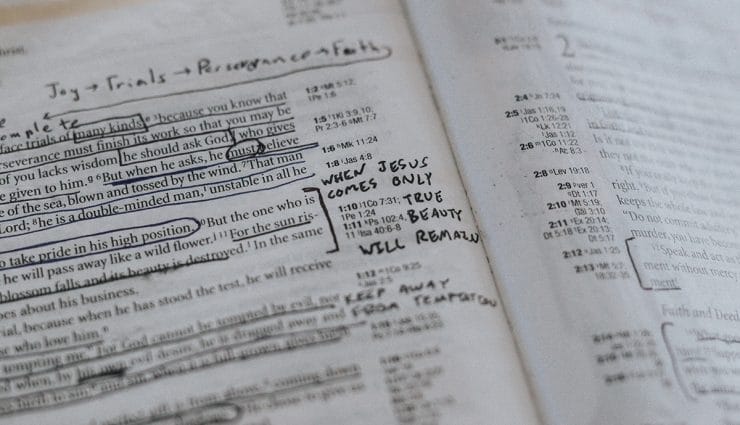A Discipleship Revolution
If we’re going to see revival in twenty-first century churches across America, it’s not going to happen without a discipleship revolution. This revolution needs to happen everywhere—in Baptist churches in Missouri, in Anglican churches in Arizona, in Pentecostal churches in Pennsylvania, in non-denominational churches in California, and beyond. It will never happen, however, unless and until the church returns to preaching the gospel Jesus preached.
Unlike the various false gospels we listed above, the gospel that Jesus preached didn’t separate conversion from discipleship. For Jesus, discipleship wasn’t an optional “add-on.” His gospel didn’t just call people to pray a little prayer for their sins to be forgiven so they’d get to heaven when they died. When you read the four Gospels in the New Testament, do you ever see Jesus call people to respond to his gospel like this? No, Jesus’ gospel called people to follow him no matter the cost and without conditions or excuses—to the end. Jesus never taught that you could be a Christian and not be his disciple.
Our First Assumption
As we state early in The Discipleship Gospel, we write with two underlying assumptions, which we want to make clear. The first is that you cannot make Christlike disciples from a non-discipleship gospel. We can capture the primary call of Jesus’ gospel in two words: “Follow me.” Following Jesus involves much more than just praying a one-time prayer for the forgiveness of your sins. It also means that the longer we think people can be Christians without being disciples (that they can believe in Jesus without following him), the more we’ll see our best disciple-making efforts fail (no matter how sincere we might be or how much money we might spend).
This is an excerpt from The Discipleship Gospel by Bill Hull and Ben Sobels. Download a free primer for this book here or get your copy of the whole book here.
Your church can hire a discipleship pastor, buy the best discipleship curriculum, invite the most dynamic discipleship speakers to your church, and encourage the whole congregation to start making disciples—and it might work for a while. But if you continue preaching a non-discipleship gospel, the early blaze of glory that started with your discipleship efforts will soon burn out. We know this because we’ve lived it.
The church where I (Ben) have been the senior pastor for the past seven years (Cypress Community Church in Salinas, California) is also my first experience as a senior pastor. When I arrived, I knew we needed to start making disciples, but I had very little idea of how to make that happen despite having a Master’s of Theology degree and ten years of ministry experience. So I prayed, read books, and talked with other pastors. I found that I wasn’t alone in being a pastor who didn’t know how to create a disciple-making movement at my church. I should have waited longer. I didn’t. Instead, I went ahead and rolled out a new discipleship initiative for our congregation like I was rolling out a red carpet.
The discipleship initiative at Cypress began with a short six-week, high-energy sermon series on discipleship. It culminated with a discipleship weekend led by a national discipleship expert who came to the church and taught a discipleship seminar on Friday and Saturday with a sermon on Sunday. Our “hired gun” did an excellent job. It was awesome! I was so excited and so were a lot of people in the church.
Our church staff signed up almost one hundred people into discipleship groups. We bought them all the best discipleship curriculum money could buy, gave them a page of detailed instructions on what to do, and set them loose on an incredible disciple-making adventure. Overnight, our church went from zero discipleship groups to more than thirty. It was great!
Within a year, three groups were left. That wasn’t great. I was disappointed and disillusioned.
In hindsight, I realized that I expected the right discipleship tools to do the trick. But there was a fatal flaw with my amazing, well-funded discipleship initiative: I hadn’t started with the gospel. Because I hadn’t begun with a close examination of the gospel I was preaching, we were trying to make Christlike disciples while I was still preaching a non-discipleship gospel.
For the second assumption, read Chapter 2 in The Discipleship Gospel.
This was taken from The Discipleship Gospel by Bill Hull and Ben Sobels of The Bonhoeffer Project. Used by permission of HIM Publications.






